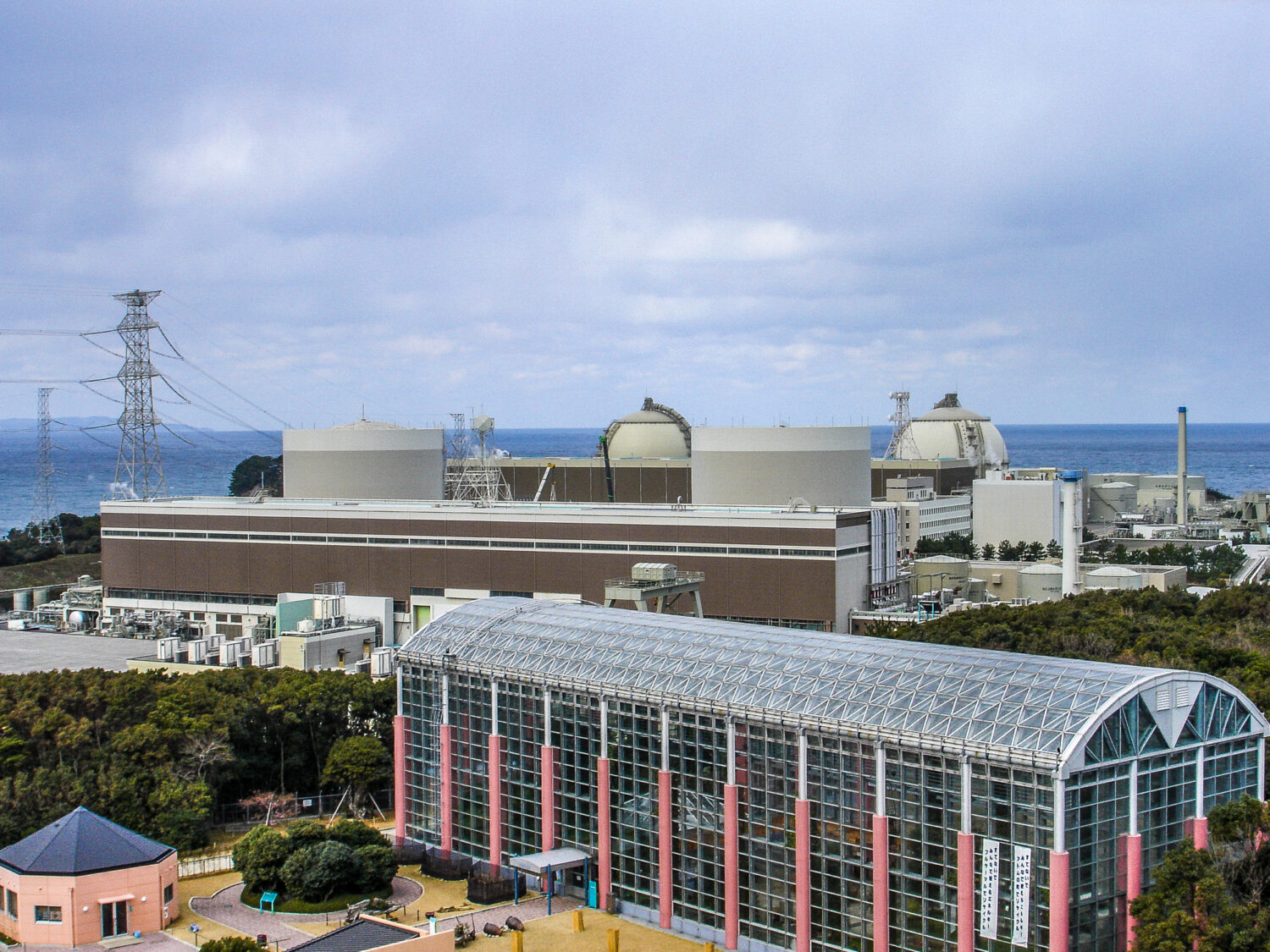According to the report, Japan’s domestic primary energy supply has been falling during the current fiscal year (through March 2019) following last year’s spike in consumption stemming from an unprecedented severe winter. In the next fiscal year, the figure is expected to reach 461.6 Mtoe, up just 0.2 percent, owing to expanded materials-based production and higher temperatures.
Looking at nuclear power, IEEJ’s report cites the restart of nine domestic nuclear power plants that have met new regulatory standards, adding that they will have been in operation for an average of nine months during the current fiscal year. Their total generated electricity is expected to reach 61.2TWh, almost double the previous year’s amount.
Because of safety compatibility examinations conducted under the new standards, another six NPPs have not yet been restarted despite obtaining permission to make changes to their reactor installations (basic design approvals).
Considering the time required to carry out the necessary safety measures—and given the uncertainty surrounding the progress of the examinations on the other NPPs—IEEJ’s report predicts that eleven NPPs, at most, will be operating in Japan in the upcoming year for an average of eight months. It also estimates that they will produce some 65.4TWh in total generated electricity, up 7 percent year-on-year.
Meanwhile, as for Japan’s primary energy supply, the report expects the domestic use of fossil fuels to decline overall by the end of the current fiscal year (i.e., March 31), with the use of oil dropping by 3.9 percent year-on-year, that of natural gas by 3.9 percent, and that of coal by 0.3 percent.
Looking at the upcoming fiscal year, each of those figures is expected to fluctuate less than one percent in either direction, indicating a slight shift away from fossil fuels toward other sources, including nuclear power and renewable energies. IEEJ’s report estimates that energy-derived CO2 emissions in Japan during the current fiscal year will reach 1,073 million tons, down 3.5 percent, and predicts a further decline of just 0.4 percent to 1,069 million tons in the upcoming fiscal year. That would represent the smallest reduction in six years, attributable to the slowing pace of the adoption of non-fossil power sources.












